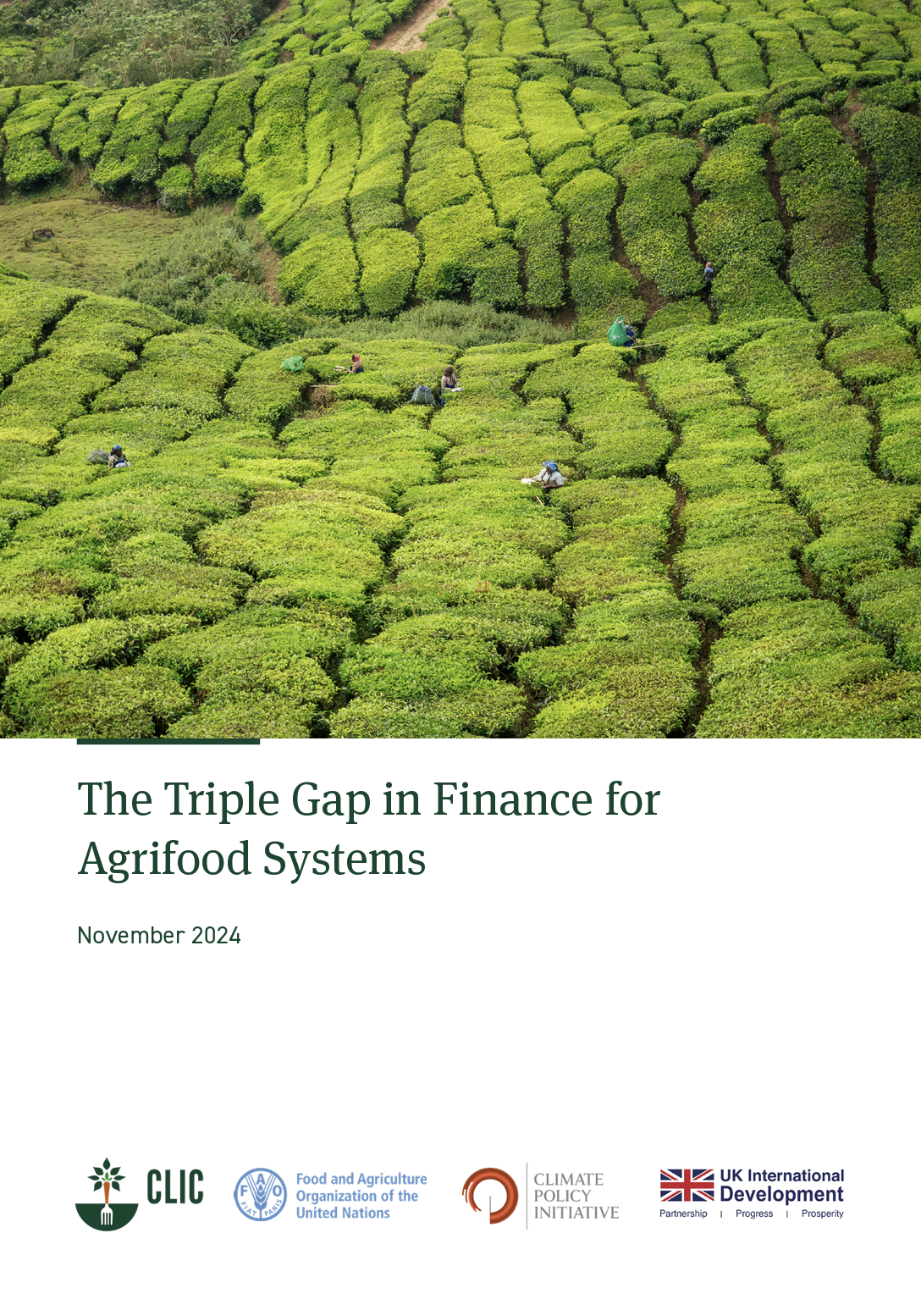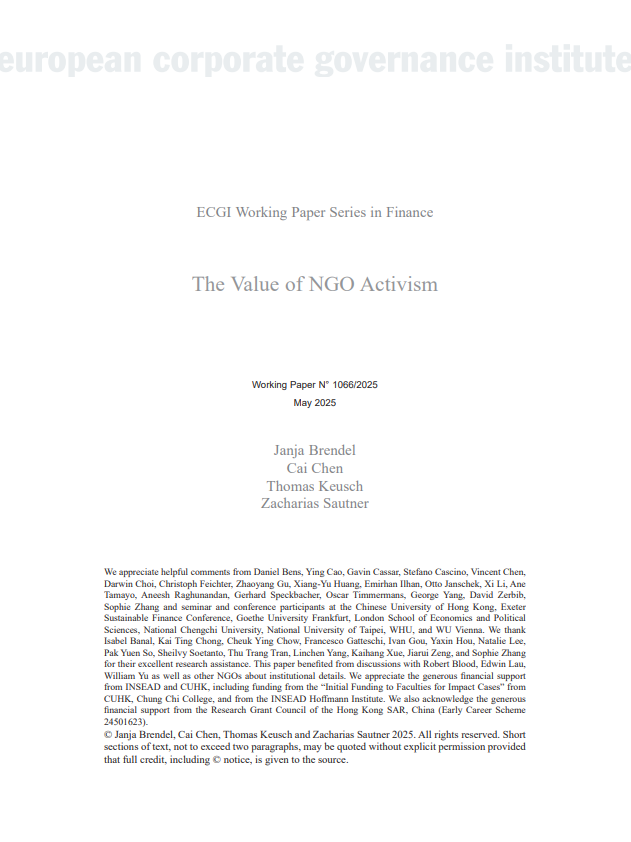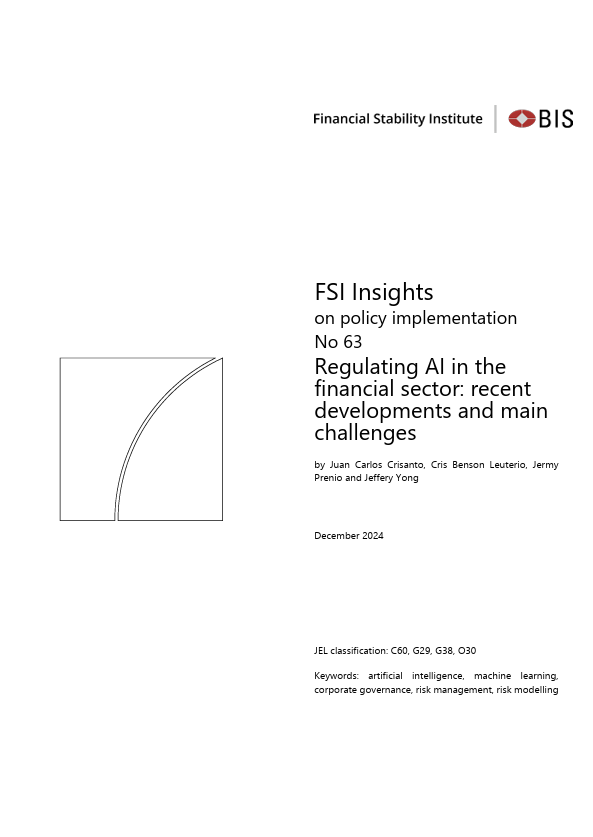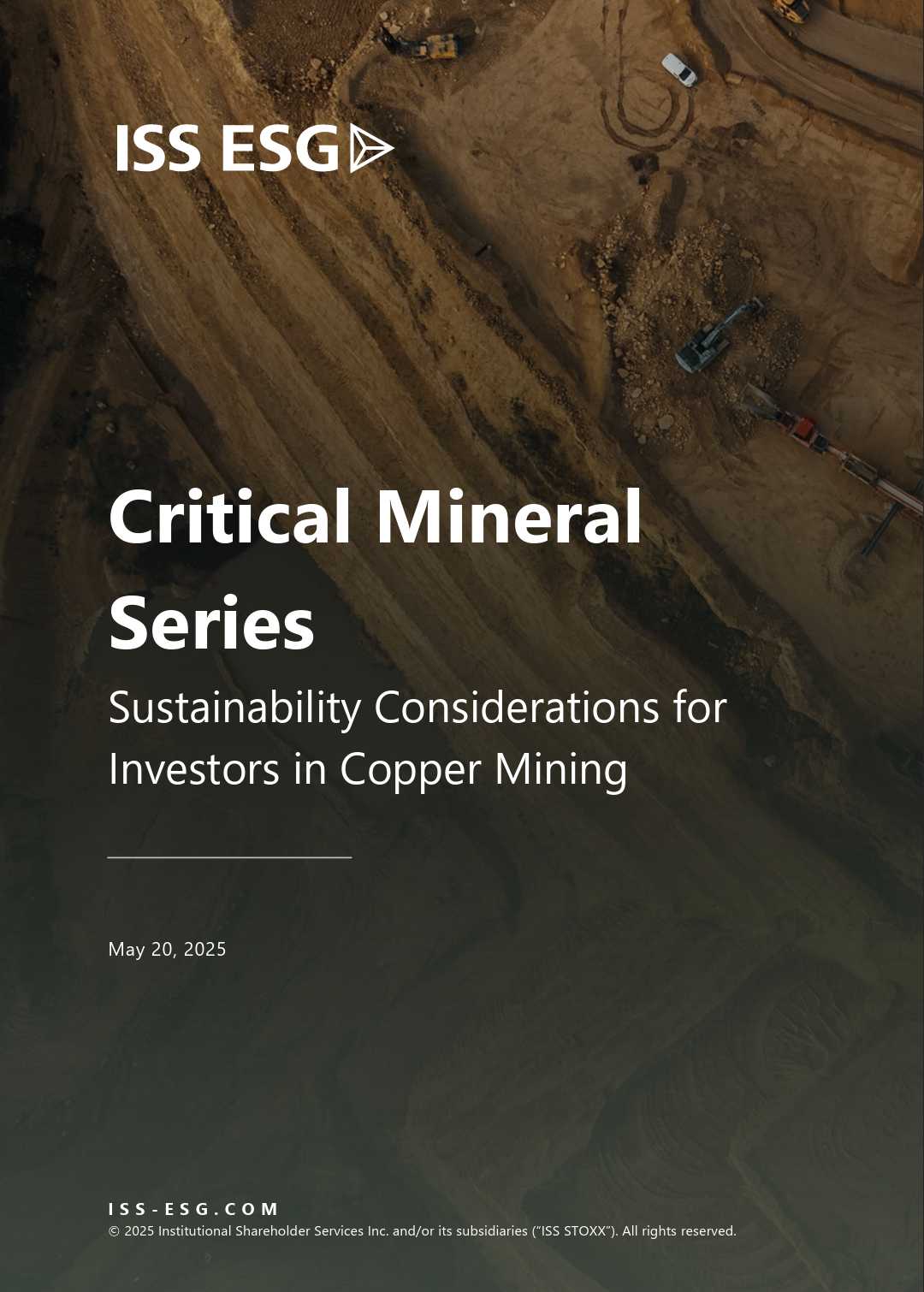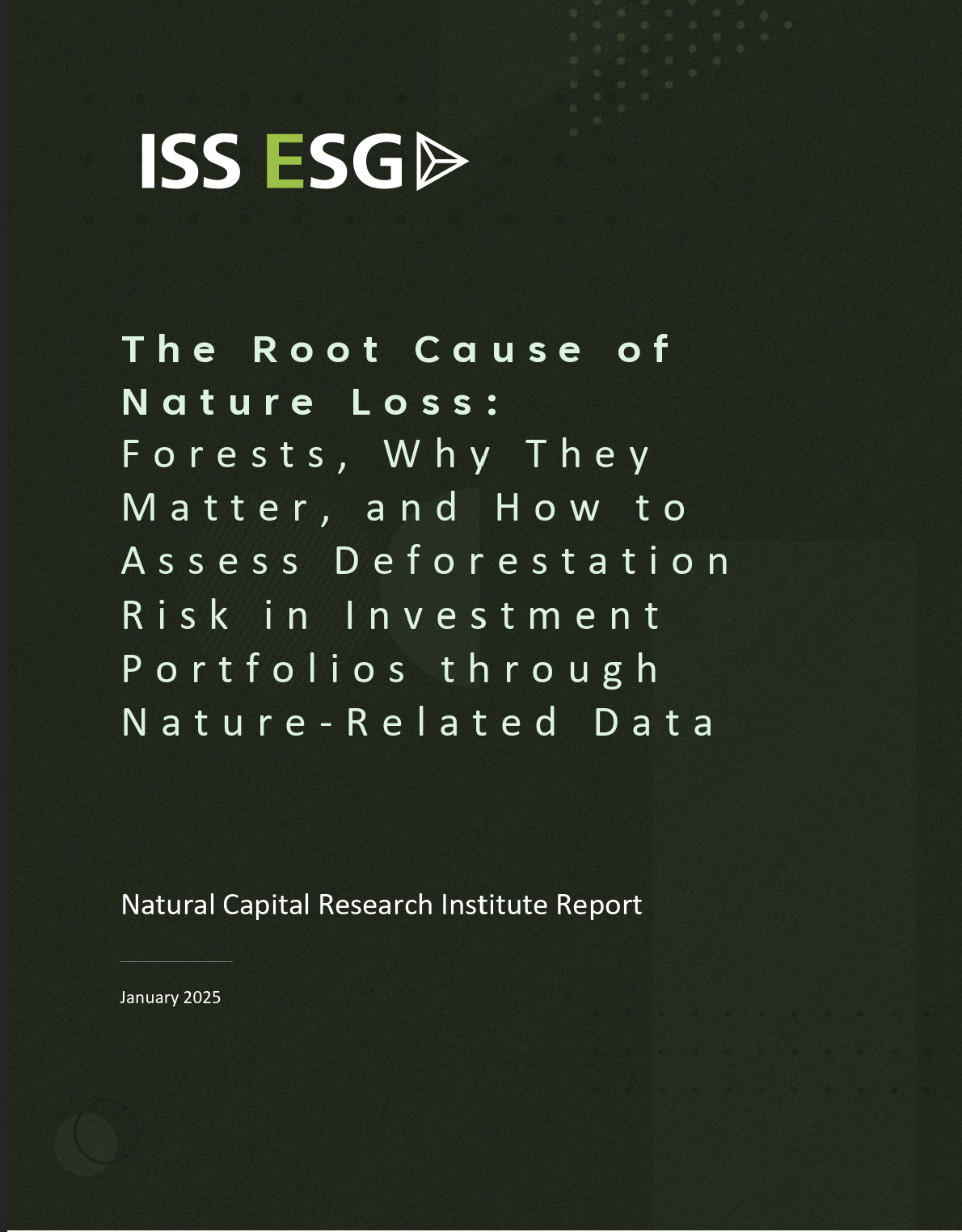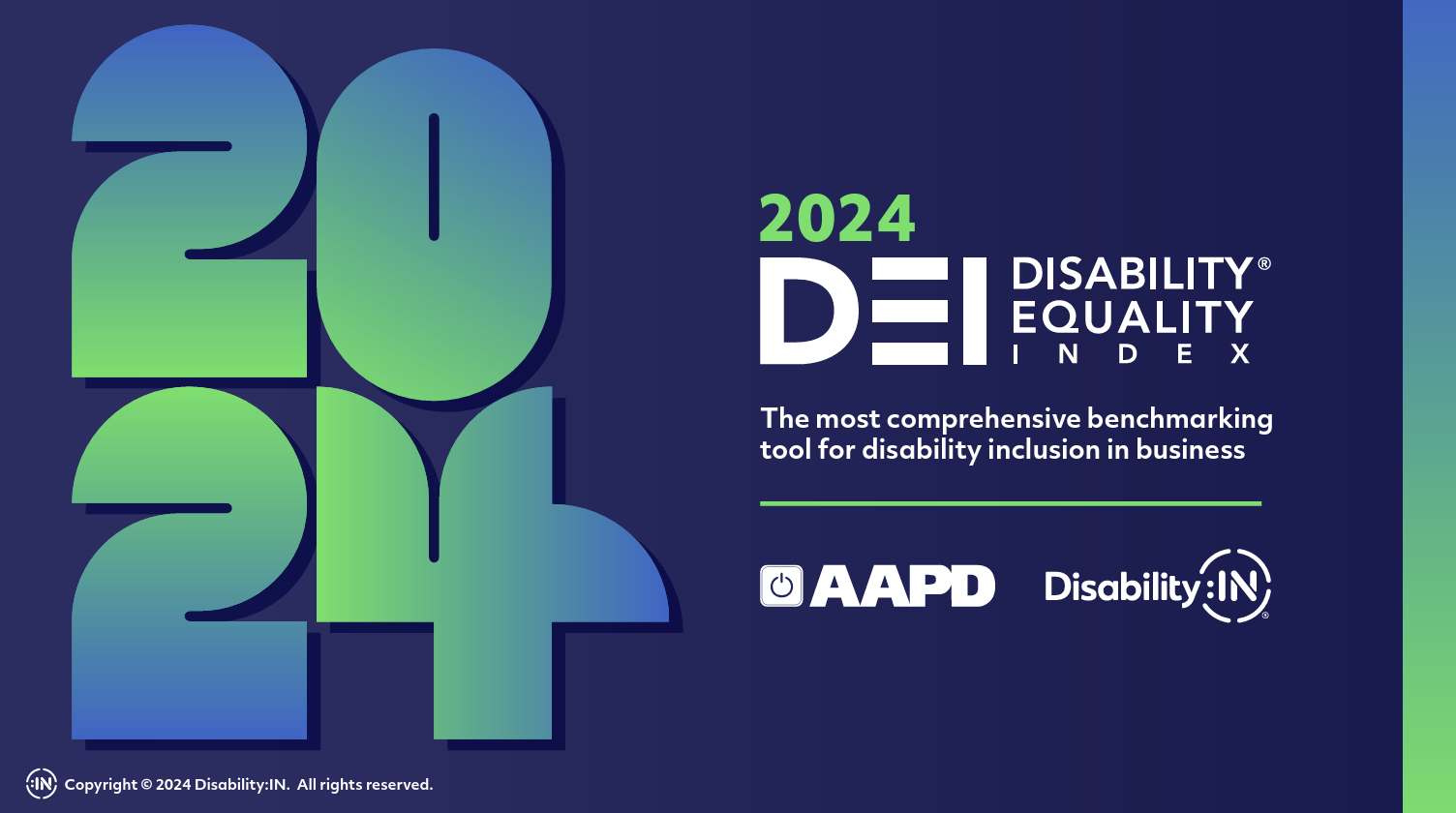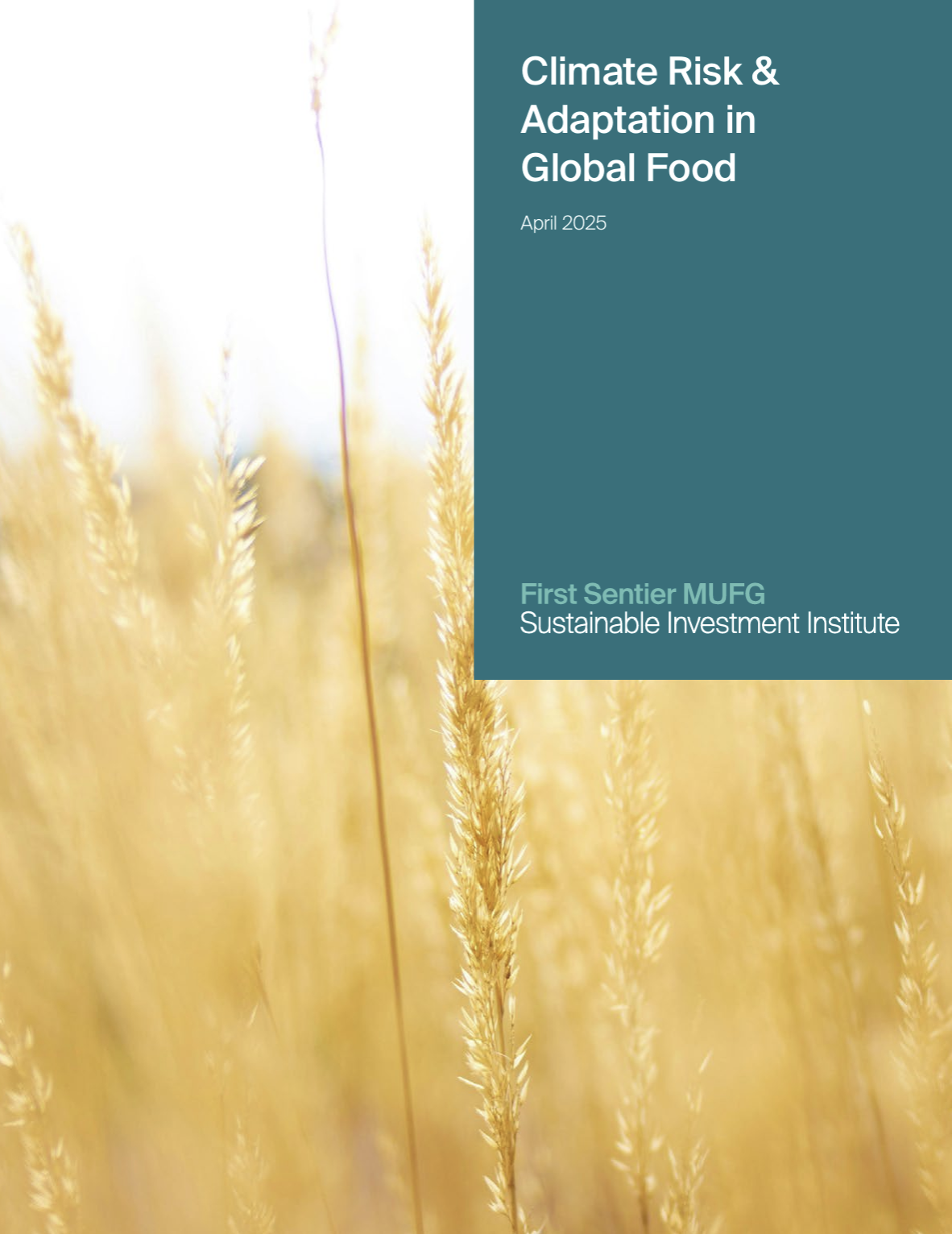Library | Location
Brazil
Refine
151 results
REFINE
SHOW: 16


Product life cycle accounting and reporting standard
The GHG Protocol Product Life Cycle Accounting and Reporting Standard provides a globally consistent framework for companies to quantify and publicly report greenhouse gas emissions and removals associated with individual products across their life cycle. It enables informed emissions reduction strategies and supports performance tracking, supplier engagement, and product differentiation.
Policy and action standard: An accounting and reporting standard for estimating the greenhouse gas effects of policies and actions
The Policy and Action Standard provides a consistent framework for estimating and reporting the greenhouse gas (GHG) impacts of policies and actions. It outlines methods for ex-ante and ex-post assessments, defines principles of GHG accounting, and offers guidance on defining policy boundaries, estimating baseline emissions, and assessing uncertainty to support transparent, accurate decision-making.
Mitigation goal standard: An accounting and reporting standard for national and subnational greenhouse gas reduction goals
This report outlines a standardised framework for governments to design, assess, and report on greenhouse gas mitigation goals. It defines principles, methodologies, and accounting requirements to support consistent and transparent emissions tracking and goal evaluation at national and subnational levels.
Opportunities for methane mitigation in agriculture: Technological, economic, and regulatory considerations
This report assesses cost-effective methods to reduce methane emissions from enteric fermentation, manure management, and rice cultivation. It outlines region-specific strategies and underscores the need for research, regulatory frameworks, and cross-sector collaboration to support implementation and scale-up of mitigation solutions.
The path to a new era for nuclear energy
Nuclear energy is gaining momentum as a reliable, low-emissions electricity source. The report outlines growth drivers, investment needs, emerging technologies such as small modular reactors, and policy frameworks required for scale-up. Financing challenges, supply chain risks, and workforce planning are key to realising nuclear’s role in future energy systems.
Nature positive: Leaders’ insights for the transition in cities
The report outlines strategies and case studies from global cities integrating nature into urban development to address climate and biodiversity challenges. It highlights the importance of public-private collaboration, compact planning, and nature-based infrastructure in fostering resilient, sustainable, and equitable cities. Solutions are scalable and grounded in real-world examples.
Kantar
Kantar is a global leader in marketing data, insights and analytics, supporting over 96 of the world’s top 100 advertisers across 90+ markets. It combines behavioural and attitudinal data to inform brand strategy, creative testing, media effectiveness, customer experience and sustainable growth.
The triple gap in finance for agrifood systems
This report identifies significant planning, finance, and data gaps in climate investment needed to transition global agrifood systems. Annual climate finance must increase by at least 40 times to USD 1.1 trillion by 2030. Current national commitments underestimate actual requirements, highlighting the need for clearer targets and improved data collection.
The value of NGO activism
NGO campaigns alleging environmental and social “E&S-washing” lead to negative stock and media responses, especially on financially material issues. Firms reduce direct emissions following climate-related allegations—often shifting them to supply chains. NGOs also prompt investor engagement, suggesting a monitoring role despite unintended consequences such as increased indirect emissions.
Regulating AI in the financial sector: Recent developments and main challenges
The report outlines AI’s growing use in finance—especially in underwriting, fraud detection, and customer support—highlighting regulatory challenges around explainability, governance, and data security. It discusses evolving global guidance and the need for risk-based, proportionate oversight, particularly as generative AI gains traction in high-impact applications.
Impact economies tractions and trends: Insights from 34 GSG National Partners
This report presents insights from 34 national ecosystems advancing impact investing. It highlights trends in policy, capital mobilisation, and transparency, showing governments and institutions integrating social and environmental outcomes into investment strategies. It tracks growth in green finance, outcome-based funding, and investment readiness across emerging and developed economies.
Critical mineral series: Sustainability considerations for investors in copper mining
This report examines copper’s role in the energy transition, highlighting growing demand, environmental and human rights risks, and evolving global regulations. It evaluates mining companies’ sustainability performance using biodiversity, governance, and modern slavery metrics, offering insights for responsible investment aligned with international standards and long-term ESG considerations.
The root cause of nature loss: Forests, why they matter, and how to assess deforestation risk in investment portfolios through nature-related data
This report outlines how deforestation, particularly in tropical forests, is a key driver of biodiversity loss and climate change. It presents the risks to institutional investors—physical, transition, and systemic—and offers a framework to assess deforestation exposure in portfolios using nature-related data and metrics across sectors and geographies..
2024 disability equality index
The Disability Equality Index is a benchmark series assessing corporate performance in disability inclusion across multiple markets. It provides organisations with a structured tool to evaluate, compare, and enhance their inclusive practices aligned with sustainability and governance expectations.
Climate risk and adaptation in global food
The report outlines rising climate risks to global food supply chains, projecting up to $38 trillion in damages by 2050. It explores mitigation and adaptation strategies across crops, livestock, and fisheries, and highlights investor actions to build resilience, support sustainable practices, and adapt to shifting market, environmental, and regulatory conditions.
Landing the economic case for climate action with decision makers
The report outlines strategies to better communicate the economic rationale for climate action to decision makers. It examines barriers, including limited capacity and political constraints, and recommends clearer economic framing, stronger narratives, and alignment with national development goals to drive engagement and support for climate policies.







